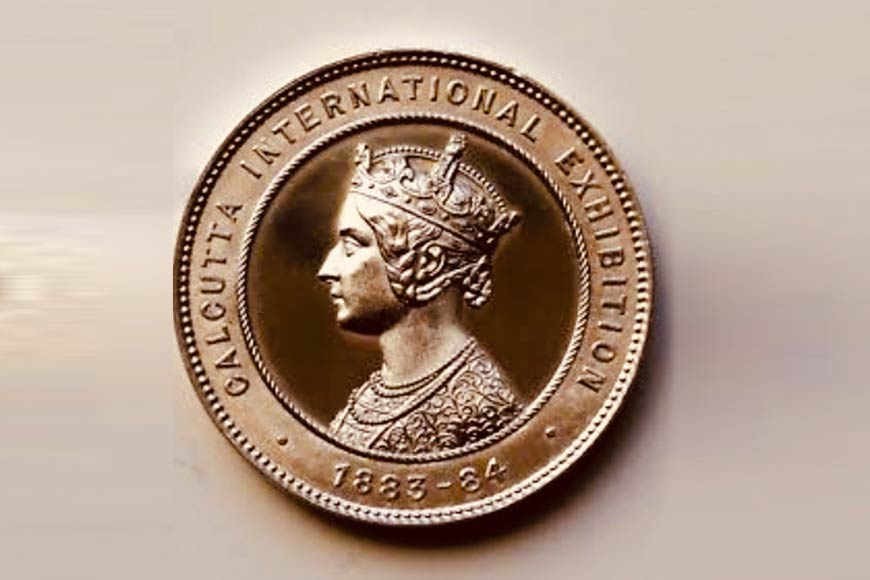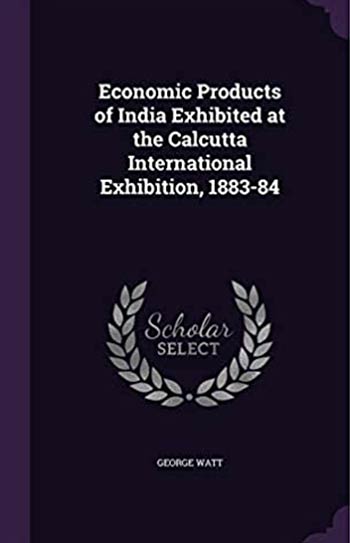Bengal Rum and Australia’s flourishing trade with Calcutta in 18th century

In recent times, India has become a significant trading partner with Australia and we have an Australian Consular General office in Kolkata. Even a century ago, India was an important trading partner, especially, the imperial trading presidency of Bengal and port city of Calcutta to the isolated Australians colonies such as New South Wales and Victoria. In 1788, Australian colonies were faced with significant food and livestock shortages and extremely poor conditions to grow crops. Hence the colonies started trading with India. The other important reason was England being far away.
India, on the other hand was closer to Australia. Australian colonies became aware that the idea of getting supplies from India might be cheaper, easier and less time consuming. According to A E Davis who wrote in his thesis The India Australia Relationship (1858- 1901), the author says: “On 20 June 1792, arriving to the inexpressible joy of the colonists, ships from India carried rice, clothing, livestock and seeds.” By 1817, two out of every three ships which left Sydney went to India and goods from Bengal nourished the Australian colonies. In the early Australian colonies, Indian livestock was used to support farming too.
Constant demand from Australia, lead Calcutta merchants, wanting to open up new markets for their goods. They shipped essential items to New South Wales colony. Calcutta definitely proved to be an important lifeline for all the Australian colonies at the time of need. In late eighteenth century, imperial strategy involved trade and Calcutta was a significant administrative and trading port. The port city kept a watchful eye on the new colony, gathering news brought by ships on their way back to England and maintained a strong trade link between Australia and rest of the British empire. This made Calcutta a port city, where merchants could make their fortune.
 Increase in trade, saw steamship being purchased by Melbourne based independent merchants with a strong intention to increase trade between Melbourne and port of Calcutta for steady flow of goods. Trade was managed both by government and private businessmen across both sides of the Indian Ocean. And the item in demand was Bengal Rum!
Increase in trade, saw steamship being purchased by Melbourne based independent merchants with a strong intention to increase trade between Melbourne and port of Calcutta for steady flow of goods. Trade was managed both by government and private businessmen across both sides of the Indian Ocean. And the item in demand was Bengal Rum!
Bengal Rum was made from molasses – a by-product of sugar refining. It was of variable quality. In India, the raw product was often not cane sugar but palm sugar, or a mix of both. The resulting product, which became popular in Australia might not have been produced in Bengal but because they were shipped from Calcutta port, the Indian liquor was referred as Bengal Rum.
Almost all ships had wooden barrels of Bengal Rum brought back to Australian shores. The popularity of Bengal rum was huge in Australian colonies and even took the form of Australian national currency and made Englishmen living in India wealthy. Ships were sent to Sydney filled with both rice and ‘bad spirits.’ In his book, The Fatal Shore, Robert Hughes states: “Nearly all men and most of the women [in early Sydney] were addicted to this alcohol.”
In 1808, the sale of the Rum caused Australia’s first constitutional crisis when the troops of the garrison (whose officers were making a nice earner trafficking imported rum) overthrew Governor William Bligh of the Mutiny of the Bounty fame. The troops were also known as the Rum Corps. It became known as Rum Rebellion when Australian soldiers took over Australian government.
In 1883, with the growth of trade, the Victorian government commissioned a study of Australia’s relationship with India. It was at the time when Calcutta International Exhibition was about to be held in Bengal. One of the common topic for discussion was the trading relationship. Discussion revealed that over thirty thousand tons of various goods were shipped from India to Australia. It lead Australia to participate in Calcutta International Exhibition. It was held in Calcutta, from December of 1883 to March 1884. It took place in the grounds of the Indian Museum and the Maidan. Contributions also came from countries such as France, Germany, and U.S.A. Calcutta International Exhibition was a grand success. It was due to Calcutta’s position as one of the most influential trade and commerce port city in the British Empire.
Because of its importance, Calcutta was the only city outside London in British Empire that had a Viceroy. The Viceroy had an opportunity to voice any concerns and made Calcutta an integral part of imperial communications around the world including Australia. So when Lord Ripon, the then Viceroy commented on Australia’s participation, stating “I rejoice very much at it, that the Australian portion of this Exhibition is extensive and full of interest”, it added value to Australia’s participation according to A E Davis.
The Calcutta International Exhibition was well attended by the Victorian government. It was an opportunity for cultural exchange and stronger relations between the two colonies. Victoria won 11 gold medals from goods to the exhibition. Australia also experienced the increase shipment of natural resources to India as early as the 1880s. Gold, copper and tin, were sent to mint at Calcutta alone. Australian minerals were also sent to make culinary vessels for Indians. Other goods for shipping were flour, wool and leather for harness. Australia experienced increased high number of visitors East India company clerks, British government officers and Anglo Indians from India to the Australian colonies and Princep family was one such family who came to live in Australia from India.
The Calcutta International Exhibition definitely created goodwill, optimism and stronger trade relationship with India for Australian colonies to survive, while Bengal Rum remains a part of Australian history and heritage of survival.










